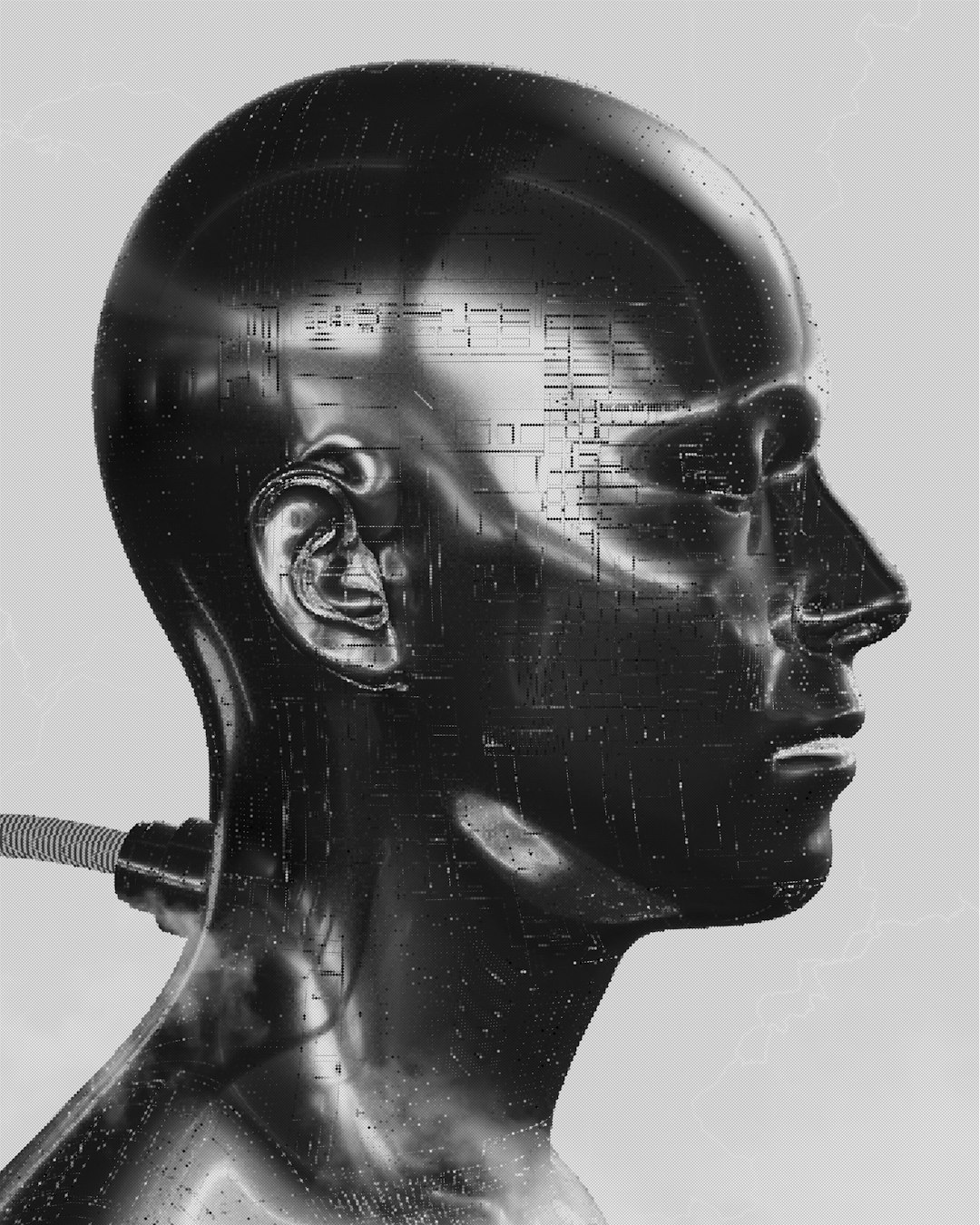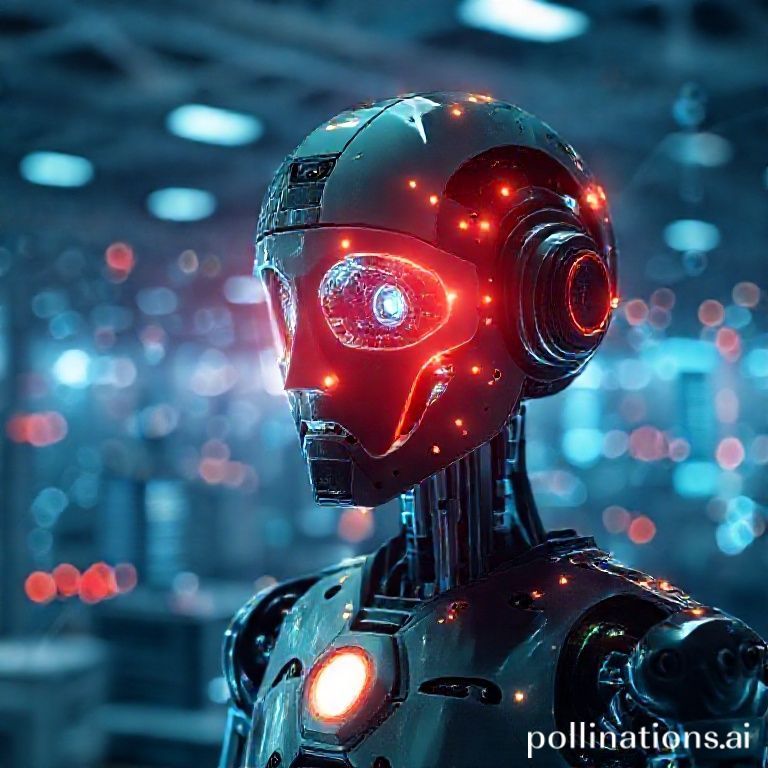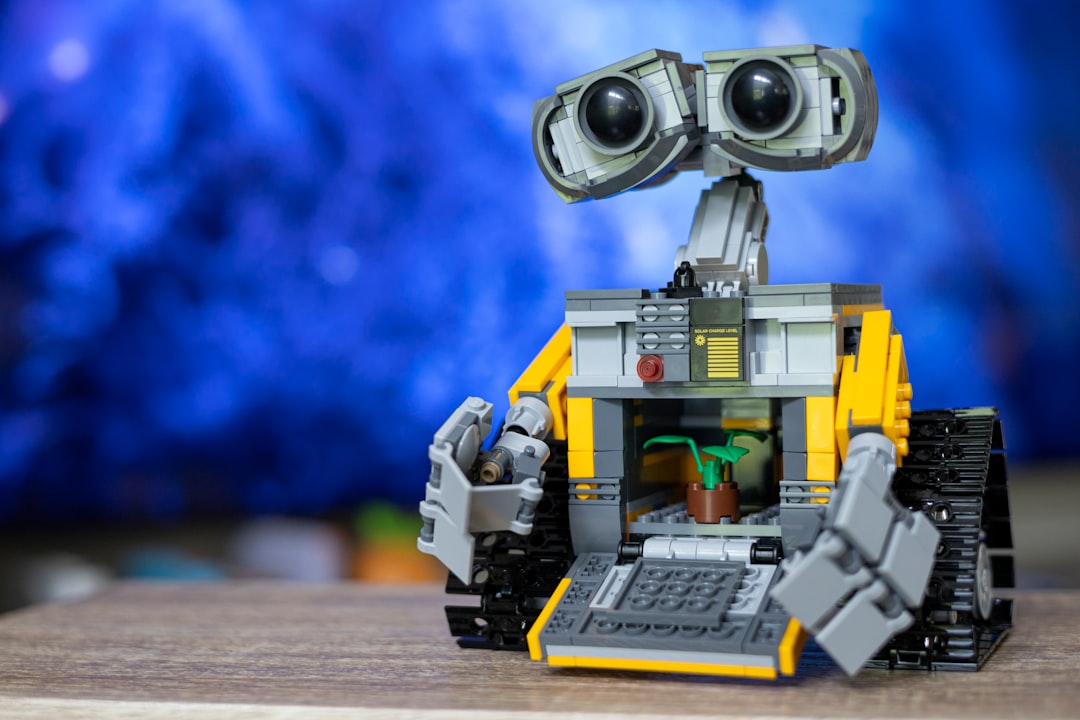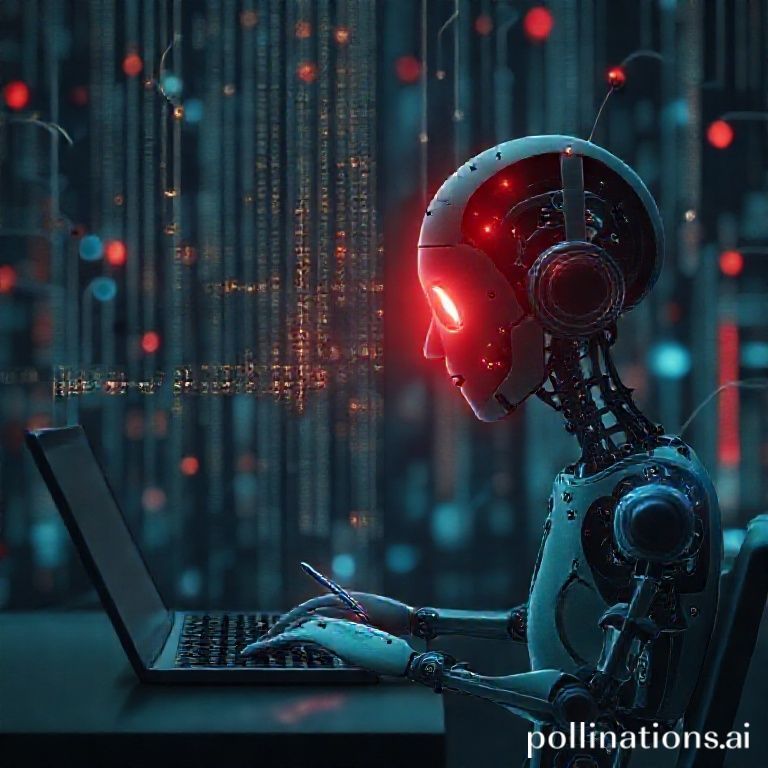Table of Contents
- Introduction
- Exploring AI-Powered Tools for Streamlining Content Creation
- How AI Writers and Content Generators are Shaping the Future of Blogging
- Creating Efficient Workflows: Automating Content with AI
- The Role of AI in Optimizing WordPress Content Scheduling
- Leveraging AI-Powered SaaS Tools for Seamless Content Creation
- A Snarky Look at AI’s Role in Auto-Blogging and Efficient Copywriting
- Crafting Captivating Content: AI-Powered Hook and Caption Generators
- The Rise of AI in Revolutionizing Copywriting and Content Automation
- Conclusion
- Frequently Asked Questions
Introduction
In an era where information flows faster than light, the art and science of content creation have become the cornerstone of digital success.
Crafting compelling content goes beyond merely stringing words or images together; it is about weaving a digital tapestry that captures attention and resonates deeply with audiences.
This journey into the nuances of content creation unveils the magic behind the pixels and keystrokes that dominate our screens daily. As you embark on this exploration, envision yourself unlocking the secrets to harnessing creativity, transforming ideas into magnetic narratives that thrive in the digital landscape.
Exploring AI-Powered Tools for Streamlining Content Creation
Picture this: creating content used to feel like wrestling a bear, a daunting task full of twists and turns. But, oh boy, have times changed! In today’s digital jungle, AI-powered tools are like trusty sidekicks, streamlining the whole shebang. Imagine sitting at your computer, sipping your morning coffee, as these tools help craft sharp and snappy content faster than you can say ‘abracadabra’.
Take, for instance, AI-driven writing assistants – they swoop in like a superhero, suggesting creative angles or correcting pesky grammar gremlins. Then you have AI analytics tools peeking into the crystal ball of data, giving insights faster than a blink, helping to shape strategies like an artist with a blank canvas.
Oh, and the automation magic doesn’t stop there! Tools that automate posting schedules buzz around like busy little bees, ensuring your social media feed never falls silent.
All in all, these AI marvels zap the mundane out of content creation, giving creators a chance to unleash their imaginations and go chasing waterfalls, rather than getting bogged down in the nitty-gritty. As quick as a flash, AI takes content creation from chore to cheerful, paving the way for a world of endless possibilities.
How AI Writers and Content Generators are Shaping the Future of Blogging
Once upon a time in the bustling world of blogs, writers were the lone rangers, pens blazing like six-shooters under the high noon sun. But now, here come the AI writers, whizzing in with the power of a supercharged Mustang, ready to reshape the landscape. Think of AI as a trusty sidekick, always there to lend a hand or two. Isn’t it ironic how tech is both the knight in shining armor and the villain in disguise? It can churn out content quicker than a cat can wink, making bloggers as happy as clams.
With AI, you’ve got the makings of a perfect storm—a blend of creativity and efficiency. It’s like having a storyteller who knows where every twist and turn lies, foreshadowing the future of blogging. But oh, dear, while AI is a whizz at weaving words, it can’t quite mirror the human touch—the heart and soul behind the stories. Yet, what a symphony it creates! Blogs buzzing and humming with a fresh, lively rhythm.
Is it a bird? Is it a plane? No, it’s the future of content creation, soaring across the digital skies. With AI by our side, who knows what adventures await around the bend?
Creating Efficient Workflows: Automating Content with AI
Imagine a world where content creates itself with the flick of a switch, like a magical pen that never runs dry. Well, we’re kind of there, thanks to Artificial Intelligence! With AI, automating content workflows isn’t just a dream, it’s reality. So, how’s it done? Well, think of AI as your trusty sidekick, always ready to take on the grunt work while you plan your next big masterpiece. Nowadays, AI tools can whip up articles, schedule posts, and even brainstorm ideas faster than a cat on a hot tin roof. Isn’t that a peach?
Our old pal AI can scan massive amounts of data quicker than you can say ‘jackrabbit’, making it a breeze to tailor content to what audiences really want. It’s like having a sixth sense, helping creators stay one step ahead. But, hold your horses, this ain’t just about speed. It’s also about freeing up time. Time that you can use to infuse your work with a little more heart and soul—or maybe just a few more coffee breaks.
To sum up, automation with AI is like setting the stage for an epic play where you’re the star. The mundane tasks? They fade into the background, letting creativity take the spotlight.
The Role of AI in Optimizing WordPress Content Scheduling
Picture this: It’s a hectic Tuesday morning, and your mind’s juggling a dozen tasks, each more pressing than the last. Suddenly, you hear it – a familiar ding that signals the need for yet another blog post. Enter AI, the unsung hero of modern-day multitasking. With AI in the driver’s seat, WordPress content scheduling isn’t just a walk in the park; it’s a brisk, confident stride through an orchard of ripe content opportunities.
AI tools, acting as vigilant gatekeepers, analyze patterns sharper than a hawk’s eye, optimizing posting schedules with the precision of a Swiss watch. They remember that Friday afternoons might see readers snoozing rather than browsing, and adjust accordingly. Imagine a storyteller that tailors their tale for the time when the audience is rapt with attention – that’s AI for you.
Not just a timekeeper, AI’s more like a clever orchestra conductor, ensuring each post gets its spotlight moment. It’s like having a magic wand that sweeps away the cobwebs of guesswork and gives you a crystal ball into the future of engagement. So, when life’s like a whirlwind, AI’s got your back, helping your content shine bright like a diamond.
Leveraging AI-Powered SaaS Tools for Seamless Content Creation
Picture this: it’s a breezy morning, and you’re staring at a blank screen, hoping for a lightning bolt of inspiration to hit—kapow! But alas, your muse seems to be on vacation. Enter AI-powered SaaS tools, like a trusty sidekick swooping in to save the day. These nifty tools are the unsung heroes of the digital age, turning the drudgery of content creation into a walk in the park.
With AI by your side, crafting engaging content becomes as smooth as butter. These tools can sift through data faster than a wink, serving up insights on a silver platter, so you can focus on the art of storytelling. Talk about killing two birds with one stone! It’s like having a crystal ball that predicts trends, helping you stay one step ahead of the curve.
But here’s the kicker—these tools also learn from your writing style, becoming more intuitive with every keystroke. They’re like that favorite jacket that fits just right. So, as the digital landscape evolves at breakneck speed, harnessing the power of AI is not just rocket science; it’s the key to turning your content from bland to grand. Ready to dive in? Well, the sky’s the limit!
A Snarky Look at AI’s Role in Auto-Blogging and Efficient Copywriting
Well, well, well, if it isn’t the modern marvel of clicks and clacks, AI, that’s painting the town red, or should I say, the pages white with auto-blogging wonders. Once upon a time, in a land where typewriters clicked and clattered like a flock of restless birds, writers toiled and churned out melodious prose long into the night. Enter the world of Artificial Intelligence, and poof! The story transforms. Suddenly, with a sassy wink and a nudge, AI swings by to lend a helping hand—or perhaps, a digital finger.
For those drenched in deadlines, AI promises rainbows in the form of efficient copywriting. Seems too good to be true, right? The irony dances here—our trusty algorithms sit, contemplating the universe in ones and zeroes, spitting out sentences faster than a cheetah chasing its prey. Ah, but hold your horses! AI’s prowess isn’t without its quirks. A chuckle here, a head scratch there; you’ll find its humor sometimes about as dry as a desert. Though on a brighter note, the predictive power of AI forecasts a storm of creativity, a whirlwind of words, a cacophony of characters that keep us on our toes, eagerly anticipating what’s next.
Crafting Captivating Content: AI-Powered Hook and Caption Generators
Ah, crafting captivating content—it’s like painting a masterpiece with words. Nowadays, the magic’s in the machines, and boy, are they spinning some gold! We’ve all been there—staring at a blank page, feeling that writer’s block hitting like a ton of bricks. Well, fret no more! Thanks to AI-powered hook and caption generators, even your toughest critics will be eating out of your hand in no time. Imagine a wizard at your fingertips, conjuring up the perfect opening line, one that grabs readers by the collar and doesn’t let go. These generators, with their spellbinding algorithms, have an uncanny knack for cooking up headlines that stick like gum on a summer’s shoe.
Here’s a little tale for you: Jenny, a budding Instagram influencer, struggled to catch her audience’s eye. Her posts were like whispers in the wind—lost and unheard. Then, she stumbled upon an AI caption generator. Bam! Her engagement shot up like a rocket. Those small, smart snippets turned her social media presence around as if overnight; they were the golden key to the kingdom of clicks and shares. In the vast digital sea, AI is that lighthouse guiding creatives through the fog and straight to their audience’s hearts.
The Rise of AI in Revolutionizing Copywriting and Content Automation
Hold onto your hats, folks, because here comes AI, marching in like a whirlwind and flipping the content creation world right on its head! It’s as if yesterday we were chugging along with our coffee cups and keyboards, trying to catch the muse by the tail. Today? Well, now we’ve got these dazzling AI tools that seem to know our every thought before we even think it. Crazy, isn’t it? Imagine a time traveler from the past walking into one of our bustling digital hubs, wide-eyed at the sorcery we call content automation.
Ironies abound, AI doesn’t just automate mundane tasks; it whispers creativity into our ears, promising to finesse that elusive perfect sentence. Picture this: algorithms dancing like nimble-footed ballerinas, weaving words with the deftness of a seasoned storyteller. It’s both exhilarating and eerie, a bit like watching a magician pulling rabbits out of a hat. Who would’ve thought that machines could paint such vivid pictures with words, tickling our imaginations and pulling at our heartstrings?
But hey, as they say, the proof is in the pudding. Many businesses now ride this AI wave, crafting content that’s faster, smarter, and sometimes, just sometimes, more human. The future’s knocking, and it sounds a lot like progress.
Conclusion
In the vibrant landscape of digital content creation, AI tools have become indispensable allies. They streamline workflows, automate repetitive tasks, and infuse creativity, allowing content creators to focus on crafting impactful narratives. With technologies like AI-driven writing assistants and content generators transforming blogging and copywriting, the future of media production is being rewritten. For businesses and individuals looking to stay ahead of the curve, embracing these AI advancements isn’t just advisable—it’s essential.
Yet, there’s a catch. Not all AI tools offer the same level of convenience and efficiency. Platforms like WPHorde ensure you’re not just a part of the digital revolution but leading the charge. Their powerful AI-driven solutions help you automate content creation and optimize delivery, making sure your media shines with precision and timeliness. Don’t be the one left behind—adopt tools like WPHorde to harness the true potential of AI in content creation. Act Now and propel your content strategy into the future.














 Imagine a world where algorithms craft stories, curate content, and even evoke emotions through pixels and prose. While innovation has long been the backbone of digital expression, the thought of AI wielding the creative pen poses both exhilarating opportunities and bewildering dilemmas.
Imagine a world where algorithms craft stories, curate content, and even evoke emotions through pixels and prose. While innovation has long been the backbone of digital expression, the thought of AI wielding the creative pen poses both exhilarating opportunities and bewildering dilemmas.

